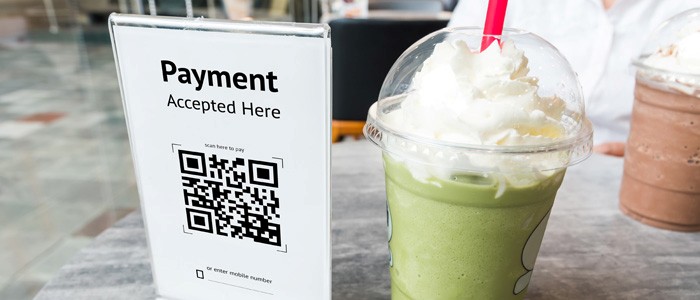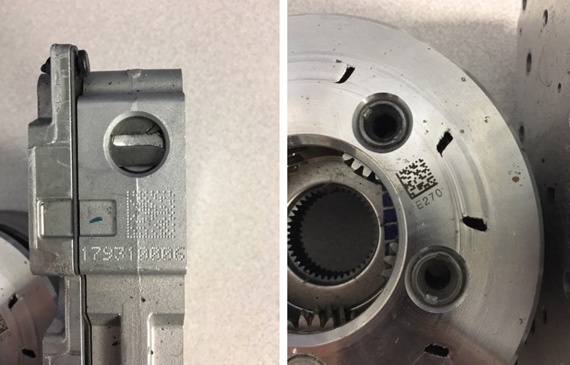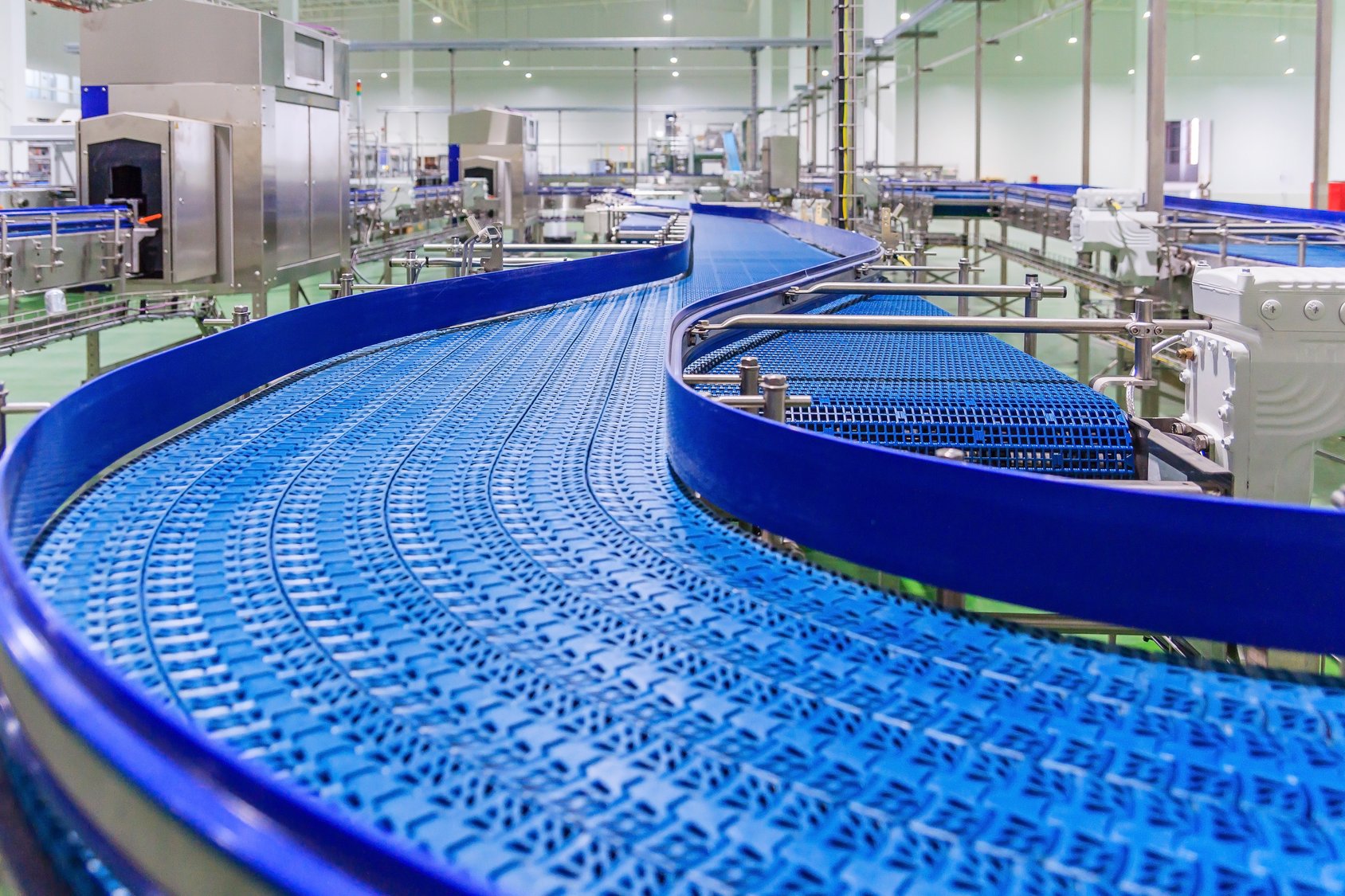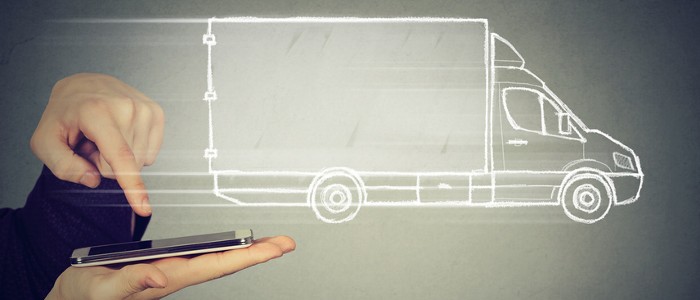
As a technology barcoding has been around since the 70’s which puts it on par agewise with the IBM 360 mainframe, the Ford Pinto, and these TV shows: Happy Days, Charlie’s Angels, and the Brady Bunch. Yet unlike these icons of the 70’s, the humble barcode is still very much in use and growing. Here are 5 reasons why the barcode is still around.
1. Cost
Despite the proliferation of alternative forms of data capture such as RFID, magnetic stripe, and smart chips, the barcode is still the cheapest form of expressing data in physical format. A barcode label can be produced in house as cheaply as a few cents vs. 50 cents for an RFID label. The affordability doesn’t stop there. These days a decent barcode scanner can be purchased for under $100 and almost any smart phone camera can read a barcode. Compare this to a RFID reader that typically starts at $1,200.
2. Flexibility
You can pretty much encode anything into a barcode. Text, numbers, pictures, links to websites – you’re only limited to what you can think of. Best of all you can do it yourself – no expensive printers or encoding equipment is needed.
3. Format
The first type of barcode was Code 3 of 9. Since then barcodes have evolved from being 1D or vertical stripes to 2D barcodes such as QR codes, and 3D barcodes or what we call bumpy barcodes. This means we can pretty much attach or etch a barcode onto just about everything like the pictures below.

Bumpy Barcodes (Photo: Portable Intelligence)
4. Application
For most manufacturers, the biggest cost after labor is typically materials. Yet while manufacturers continue to drive the cost of labor down through automation, material costs are likely to go only in one direction – UP. This makes tracking materials a necessity even if you consider yourself a made-to-order shop. Yet despite their low cost and flexibility, I encourage newcomers to barcoding to take a go-slow approach. The biggest reason for this approach is process change. A barcode not only changes how materials are handled, but they change the underlying processes. Take receiving of materials; what used to involve multiple departments like receiving, accounting, and QA now can be done through one person – the Receiver. What used to take a couple of days to process inbound materials can now be done in a few minutes. So why go slow? The big reasons are the need to train people to use this new technology and make sure the information is updating all the right places. While barcodes can certainly speed everything up, it can also exacerbate mistakes by moving misinformation around very quickly.
5. Pay Back
If you’re looking for a way to lower inventory obsolescence, buffer stocks, and travel time in the warehouse, the barcode is your surest way. Typical payback on a barcoding project is less than six months. One company stopped having to write-off $50,000 in inventory after each count, but more importantly came to realize that accurate inventories prevent production delays and unhappy customers. Because barcoding has such a dramatic impact, chances are you’ll continue to find new uses for it.
Now you know why barcoding is an evergreen technology. It never gets old because as long as you have materials, it is truly your best tool for controlling and managing your inventories.
For more blog posts on effective warehouse and inventory management visit our Warehouse and Supply Chain Blog.
Visit our website http://www.portable-intelligence.com/ to learn about our company, products and services.







